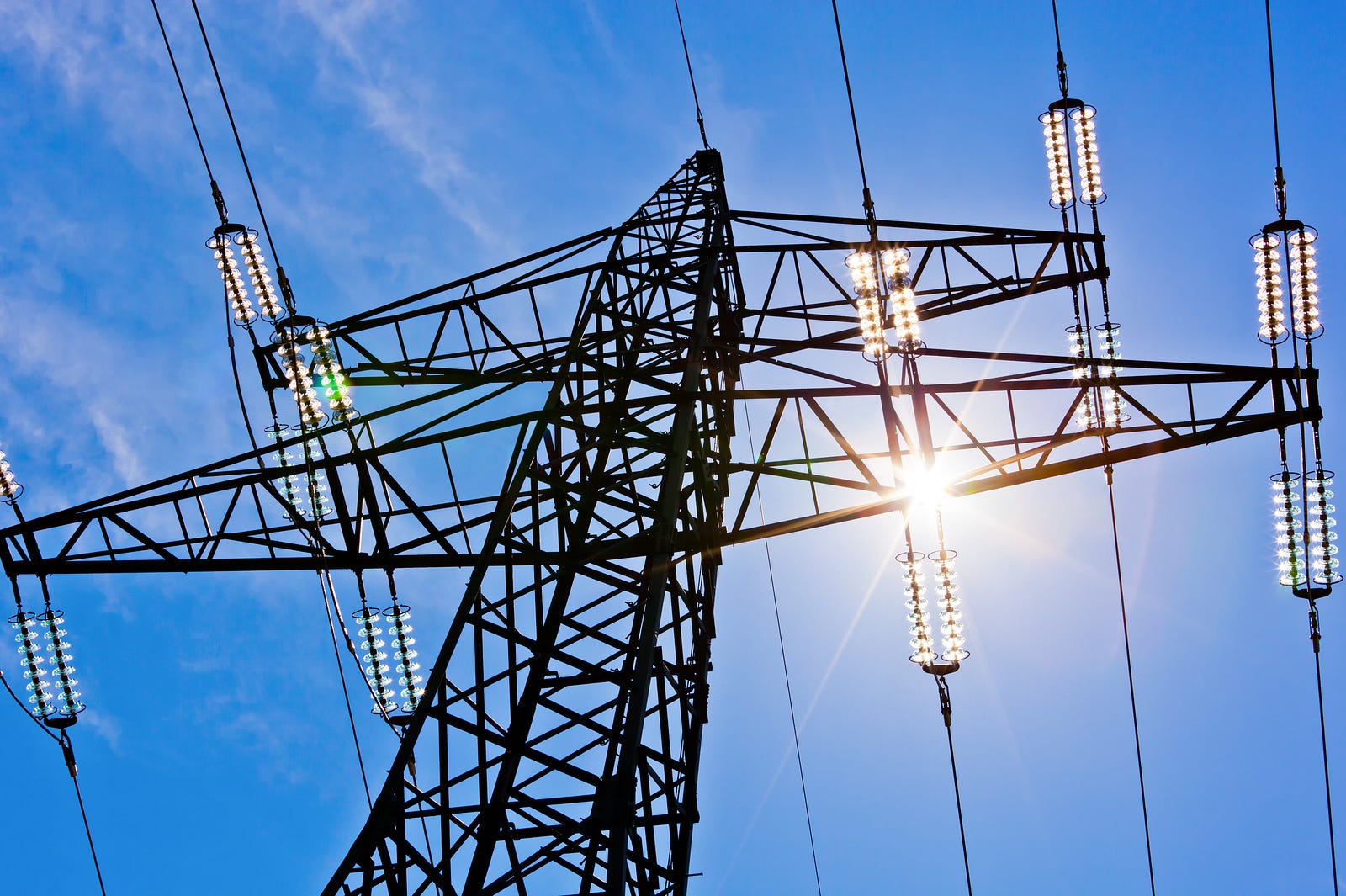Getting Energy Efficiency to the People Who Need It Most
Cities must do more to ensure that investments in energy efficiency reach the low- and moderate-income households that bear the heaviest burden from high energy costs

By Laurie Mazur
As the saying goes, “The poor pay more.” This is certainly true when it comes to energy costs: Low-income households (both owners and renters) pay more for energy per square foot than their affluent counterparts. And as a percentage of income, low- and moderate-income families pay up to three times more than average on utility bills.
Energy efficiency is part of the solution: It can reduce energy burdens by as much as 30 percent. But even the best-intentioned efficiency programs often fail to reach low- and moderate-income households. Those households may not be able to take advantage of incentives because they lack the upfront capital to invest in efficiency upgrades, for example. And they lose out on tax incentives because they don’t live in high-efficiency housing or can’t afford to purchase newer fuel-efficient vehicles.
So as cities boost their investments in their own energy-efficiency programs, urgent questions arise for local leaders: Are our programs reaching the people who need them most? And if not, how can they be redesigned and retargeted to meet that goal?
To answer these questions, the American Council for an Energy Efficient Economy has introduced three new “equity metrics” to its City Energy Efficiency Scorecard, a biennial report that ranks 51 large cities on their efforts to save energy. For the first time, the 2017 Scorecard assesses cities’ and utilities’ efforts to bring energy efficiency to underserved markets. Two measures evaluate the efficiency programs available to low-income and multifamily utility customers, while the third assesses cities’ efforts to provide affordable housing in transit areas.
The results are striking. On the first two metrics, only 11 cities and their utilities received full credit for reaching both low-income and multifamily customers: Baltimore, Boston, Chicago, Denver, Detroit, Minneapolis, Providence, San Diego, San Francisco, San Jose and Seattle. This represents roughly 20 percent of the cities included in the Scorecard, suggesting that many more cities and their utilities could step up to serve low-income households.
The report offers some inspiring case studies. For example, San Diego partners with its utility, San Diego Gas & Electric (SDG&E), to provide rebates for installing energy-efficient products in apartment buildings, mobile-home parks and condominiums. SDG&E also offers direct subsidies to low-income customers for efficiency upgrades.
And as part of Minneapolis’ Clean Energy Partnership, natural-gas and electric utilities coordinate with the federal government’s Weatherization Assistance Program to upgrade the efficiency of their low-income customers’ homes. The utilities also offer incentives for multifamily building owners, and higher incentives are provided to owners of affordable apartments.
“We have known for some time about the inequitable participation in utility energy-efficiency programs,” said Luke Hollenkamp, Minneapolis’ sustainability program coordinator, “so we are working closely with our utilities, Xcel Energy and CenterPoint Energy, to tackle this issue. The first step was identifying in our partnership’s 2016 Annual Report neighborhoods that are lagging in program participation; the second step is to engage with community organizations to pilot new strategies to underserved communities. Then we will be able to target outreach to those areas with the greatest need.”

On the third metric — provision of affordable housing in areas served by transit — there is even more room for improvement. Only three cities earned full points here: Los Angeles, New York and Portland, Ore. The challenges, of course, are stark. Because of gentrification and urban sprawl, low-income communities are increasingly isolated and inadequately served by affordable, efficient transportation. People living in those communities are often dependent on cars, which can mean costly expenditures for vehicles, fuel, insurance and maintenance.
In the Scorecard, cities earned points by requiring affordable housing for new developments in transit-oriented areas or by preserving existing affordable housing in those areas. The three cities that did well in this category offer tax abatements and/or other incentives for the construction of affordable housing within a short distance of light-rail station areas. For example, Los Angeles’ Metro adopted guidelines for its joint development portfolio to include a minimum of 35 percent affordable housing units, and its Transit Oriented Communities Loan Program supports affordable housing in transit-oriented areas.
Energy efficiency and public transit offer extraordinary benefits — for the planet, for public health and for our pocketbooks. But the 2017 City Energy Efficiency Scorecard shows that those benefits are not yet distributed equitably. Going forward, cities must be intentional about investments in energy efficiency, ensuring that those investments reach the low- and moderate-income households that bear the heaviest burden from high energy costs.
—
Laurie Mazur is editor of theIsland Press Urban Resilience Project, which is supported by The Kresge Foundation and The JPB Foundation.
This article was originally published August 10, 2017 in Governing.
Comments
Post a Comment